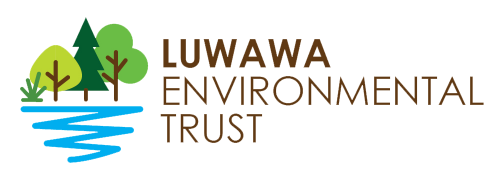Luwawa Environmental Trust

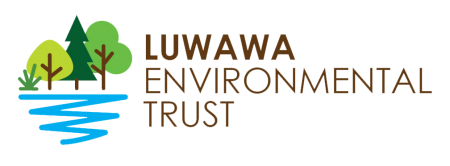
An introduction
to the trust
Luwawa Environmental Trust (LET) has been active in environmental conservation since 2001 and was formally registered as a Malawi Government Approved Charitable Trust in 2009.
Since its early days, the LET vision has been to assist the Malawi Government’s Forestry Department in the long-term environmental conservation of the Perekezi and South Viphya Forest Reserves and to improve the sustainable management of these important forests.
Our work in the communities
Involving local communities in the protection of their environment is essential to successful conservation. Over the years LET has been actively engaged in encouraging the exchange of knowledge to help communities to nurture and protect their forested areas while at the same time, providing relevant education and support. LET has been proactively spreading the conservation message with demonstrations of best practice in forestry techniques thus providing alternatives to the forestry practices that can often lead to the destruction of areas of indigenous woodland, plantation forest and precious wildlife and their habitats.
LET understands the survival pressures on local communities. Many villages rely on the utilisation of precious resources such as surrounding forests and wildlife for survival and this is particularly the case with the pressures of population growth. However, by sharing alternative forestry management techniques and methodologies that support sustainability, essential forest ecosystems and habitats can be preserved.
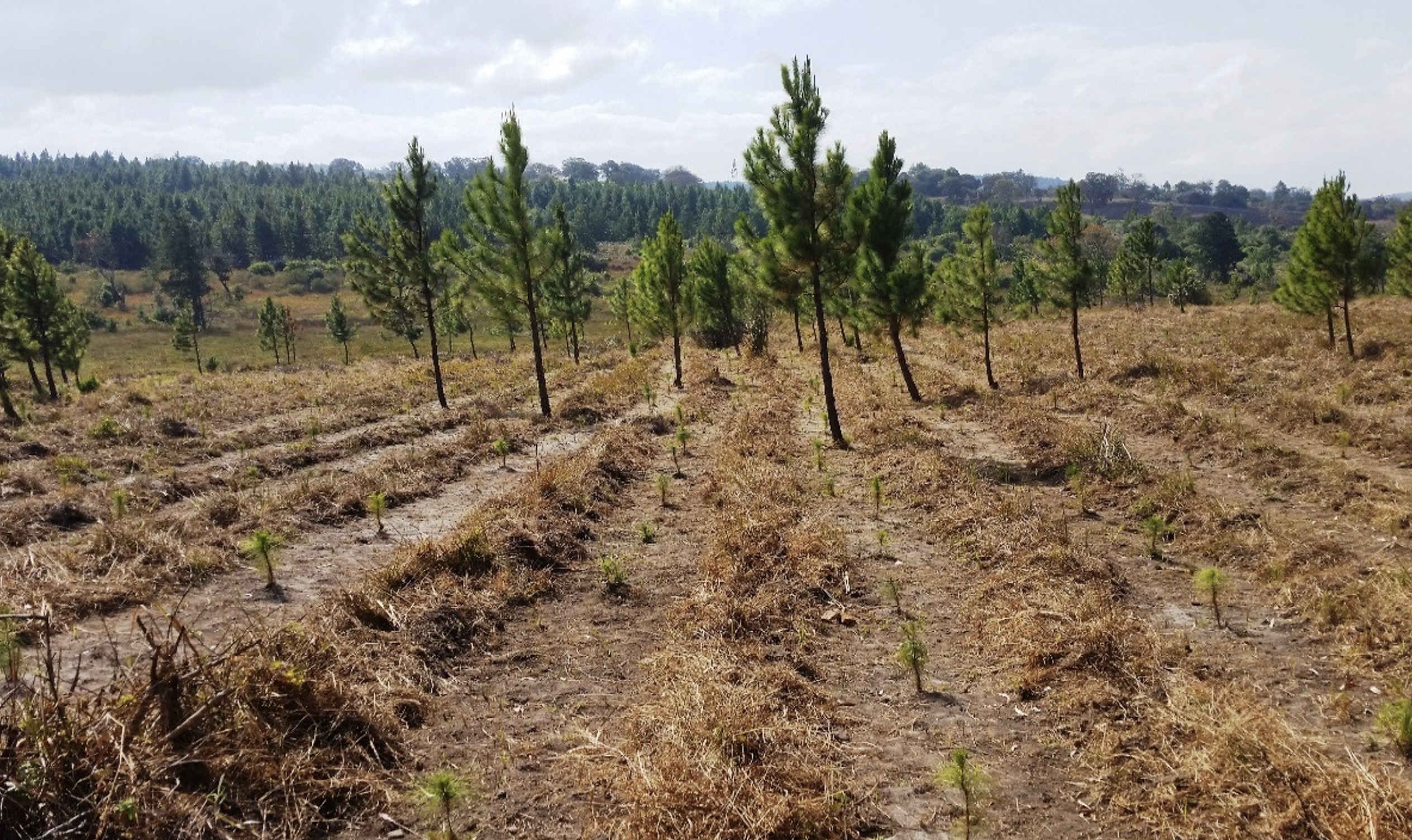
The Trust also provides local people with employment and training opportunities and supports their entrepreneurial endeavours as, for example, in the germination and growing of indigenous tree seeds, bee-keeping, peanut butter production, local fish farms and community tree planting. This latter activity is sometimes extended to school tree planting competitions with an award given to the school with the highest number of successfully planted trees.
Over the years the Trust’s original vision has developed and grown as the LET is now entering an exciting new phase. The Trust is now the guardian of 137 hectares of the South Viphya Forest Reserve and it is known as the Luwawa Environmental Protection Zone (LEPZ). This is one of the first special forest environmental protection zones in Malawi. In addition, LET has established Environmental Education Centre to be known as the Luwawa Centre for Environmental Education LCEE. The building is situated on the northern shore of the Luwawa Dam and situated within the LEPZ.
LET has realigned its aims and objectives given that it is now the custodian of a discrete 137 hectares of the South Viphya Forest. In becoming the areas custodian, the Trust accepts responsibility for the protection and conservation of this precious piece of Malawian environmental heritage.
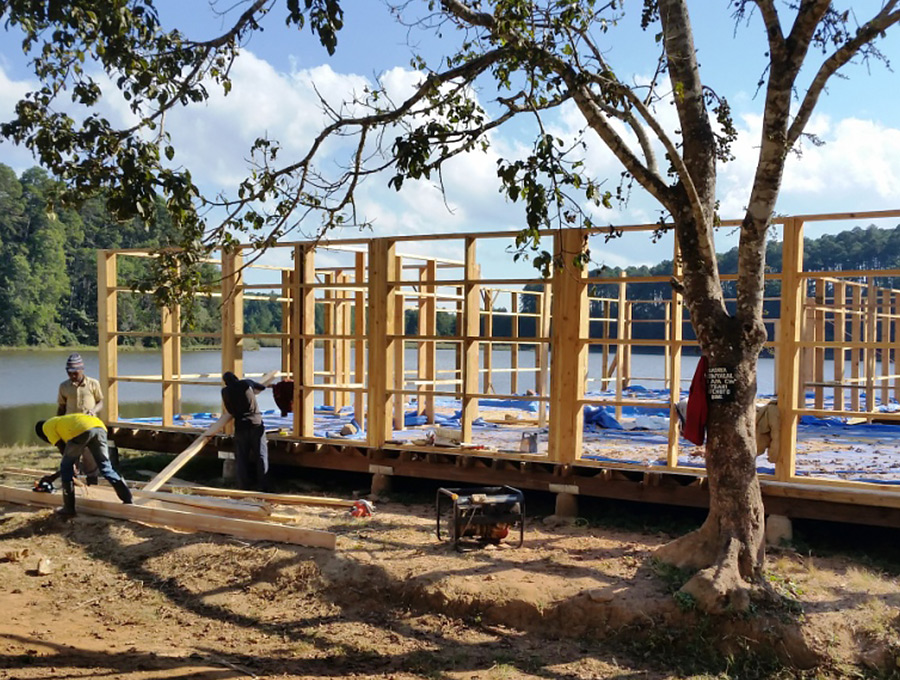
Our vision
To conserve and improve the natural beauty of the protected zone for the long-term benefit of the people of Malawi.
Aims & Objectives
- To prepare a long-term tree replacement strategy for the mature pines whereby these trees are gradually replaced with agreed indigenous species. This strategy will further improve the biodiversity and amenity value of the LEPZ.
- To preserve, restore and protect biodiversity within the LEPZ.
- ‘Education is the Key” LET aims to promote environmental education among local communities, particularly school children and to encourage the protection of natural resources for future generations to enjoy.
- To promote Eco-Tourism and the sustainable use of LEPZ in order to create meaningful jobs and set up sustainable income generating activities (IGAs) for local people.

The forest & its history
From 1950 to 1974 a 53,000 hectare plantation of exotic pines was planted in the South Viphya Forest Reserve. The Viphya Forest Plantation was at that time the largest planted forest in Africa. The plantation was managed by the Malawi Government Forestry Department. The commercial pines, predominantly Pinus Patula, were planted on former montane grasslands covering the high central plateau and the western slopes of the South Viphya. Thankfully enclaves of the native montane and brachystegia forest were retained, mainly along water courses and in the more remote areas.
In 1998 the Malawi Government granted Raiply, Malawi Ltd a concession to manage 20,000 hectares and the remaining 33,000 hectares were reserved for Malawian logging companies for harvesting. Not surprisingly the logging companies did little replanting and illegal logging was rife. By 2013 only 30% of the original 53,000 hectares was still covered with trees as vast swathes of the forest was harvested with no implemented programme for reforestation in the Southern part of the Viphya Range. The logging companies had no comprehension of sustainable development or consideration for the forest’s future let along the associated habitats and wildlife that were being destroyed.
What does Luwawa Environmental trust do?
LET’s environmental teams are out in the forest virtually every day and their physical presence has been very positive. In a relatively short time, the ravages of illegal logging have reduced along with indigenous firewood collection for use in the tobacco industry, charcoal production, wildlife poaching and the harvesting of rare wild flower bulbs. The reduction of negative activities in the area has encouraged the development of wildlife habitats along with flora and fauna as a result of these patrols.

Reduction of wildfire risk
In Malawi there are many communities located within the forest area. Forest areas close to human settlements are inherently vulnerable to wildfires. Unfortunately most forest wildfires are caused by careless human activity. These practices can have a major impact on the forest and include activities such as forest clearing for subsistence farming, hunting of wildlife, firewood collection, charcoal production and temporary cooking fires whilst harvesting grasses, collecting mushrooms or termites. Sadly some fires are caused by arsonists.
Under LET’s guardianship and continued communication and education in local communities, reducing fire risk has proved successful as areas of forest have not been badly affected by wildfires over the last few years. One fundamental intervention that has helped reduce the fire risk is the much improved maintenance of existing firebreaks, and boundary roads with new firebreaks being cut where necessary. In addition, the potential fire hazards of scrub within the commercial and newly planted indigenous areas have been removed by screefing or slashing. This reduces the “fuel load” for any fire but also helps to nurture the new seedlings, enabling them to have adequate sunlight to establish themselves and are no longer engulfed by fast growing grasses.
There are circumstances when early controlled burning and patch burning is required to alleviate potential “tinderbox” areas or to back burn if a fire from outside the LEPZ is approaching. These burnings are always supervised and only undertaken where absolutely necessary and not as a matter of course.

Forest health
One of the most problematic threats to the long term integrity of forest ecosystems, other from humans, is from invasive plants. Many of these plants grow aggressively and overwhelm an ecosystem or newly planted seedlings. Some of the recorded alien species within the LEPZ include Acacia mearnsii, Mimosa diplotricha, Prosopis juliflora, Lantana camara, Rubus ellipticus, Pteridium aquilanium and Mimosa diplotricha just to mention a few. When LET’s environmental groups are clearing areas or maintaining fire breaks, they also attempt to remove these invasive species or collect seed pods to reduce their natural spread. A rather labour intensive process but the control of competing vegetation and weeds is particularly important in the early stages of reforestation.
IF THE FORESTS ARE INTACT THERE IS PLENTY OF WATER FOR ALL
Through training LET’s environmental work groups can spot the early signs of the presence of various pests and diseases. Early detection minimises the damage they cause. The greatest enemy of pests is a diverse ecosystem. By introducing different indigenous tree species LET is increasing diversity and as diversity increases so does ecosystem stability. Natural pest resistance will be improved through appropriate choices of indigenous trees that are replanted, matching seedlings to various sites and soil conditions.


Forest recreation management
The LEPZ has been noted as an ideal spot for forest bathing or as it traditionally known by the Japanese, ‘shinrin yoku’. There are eight specific waymarked walks that start from Luwawa Forest Lodge and have been created to encourage visitors to the area to enjoy this stunning and varied landscape. The walks range from a 2km Luwawa Dam circular walk to a 5 hour Kamwe Fire Tower walk. All walks are signposted and maintained by LET. Visitors are encouraged to take a guide with them on most of the walks as our knowledgable guides help visitors to maximise their fundamental understanding of the area and the work undertaken by LET. Fees contribute to the LET fund raising efforts. However, maps and walk descriptions are available from the Lodge for those who wish to ‘go it alone’ but staff at the lodge request that independent walkers record the lodge phone number prior to starting their walk. For guests requiring very long day walks, please talk to a member of staff about guided walks.
Litter is a blight throughout the world. Malawi is still in the early stages of understanding the damage that litter can have on the environment. However within the LEPZ we endeavour to litter pick, and be seen to be litter picking to encourage others to follow good practice. LET has placed a number of litter bins in the area and we are delighted to see that they are actually being used.
The balance between Forest Recreation Management, Conservation and general Forest Management requires the collaboration, consideration and understanding of all users of the Forest and that is why environmental education is the key.

working with the local community
LET raises and distributes funds to help improve the livelihood of the local communities within the Luwawa area. LET encourages sustainable income generating activities (IGAs) that utilise the forest’s resources whilst also preserving the environment. These IGAs reduce the dependency on traditional subsistence farming, which requires land to be cleared and the reliance on income is also often supplemented by detrimental forest practices such as charcoal production.
It is hoped that promoting a sense of ownership and responsibility for local natural resources means that this income generating activity is more likely to be managed and developed in a sustainable way. Engaging communities in product diversification, hopefully resulting in improved economic circumstances, should reduce pressure on the forest.

Local indigenous tree outgrowers scheme
Members of the local community have germinated indigenous tree seeds to produce this impressive display of young saplings now ready for planting in the forest. The local people involved in this exciting project will receive an income paid for by LET for their hard work.
LET also employs many seasonal workers from the local communities to assist in areas such as fire break maintenance, slashing and screefing under trees to reduce fire load, pruning of plantation trees, track clearance and road maintenance. Both the seed growing project above and the forest maintenance projects and bee-keeping are designed to encourage in local communities a sense of ownership and responsibility for their areas.
LET helps local communities with IGA initial training, IGA start-up funds and, if required, a small interest free loans scheme. LET has found that community accountability helps in the future success of ventures. The Trust has worked with Chinjoka Womens Group, Luwawa Womens Group and Luviri Village Group and supported IGAs such as honey collecting, masuku jam making, tomato sauce and peanut butter production as well as out-grower schemes including guinea fowl rearing and fish farming.
If you would like to make a donation to The Luwawa Environmental Trust please click here.


An introduction
to the trust
Luwawa Environmental Trust (LET) has been active in environmental conservation since 2001 and was formally registered as a Malawi Government Approved Charitable Trust in 2009.
Since its early days, the LET vision has been to assist the Malawi Government’s Forestry Department in the long-term environmental conservation of the Perekezi and South Viphya Forest Reserves and to improve the sustainable management of these important forests.
Our work in the communities
Involving local communities in the protection of their environment is essential to successful conservation. Over the years LET has been actively engaged in encouraging the exchange of knowledge to help communities to nurture and protect their forested areas while at the same time, providing relevant education and support. LET has been proactively spreading the conservation message with demonstrations of best practice in forestry techniques thus providing alternatives to the forestry practices that can often lead to the destruction of areas of indigenous woodland, plantation forest and precious wildlife and their habitats.
LET understands the survival pressures on local communities. Many villages rely on the utilisation of precious resources such as surrounding forests and wildlife for survival and this is particularly the case with the pressures of population growth. However, by sharing alternative forestry management techniques and methodologies that support sustainability, essential forest ecosystems and habitats can be preserved.
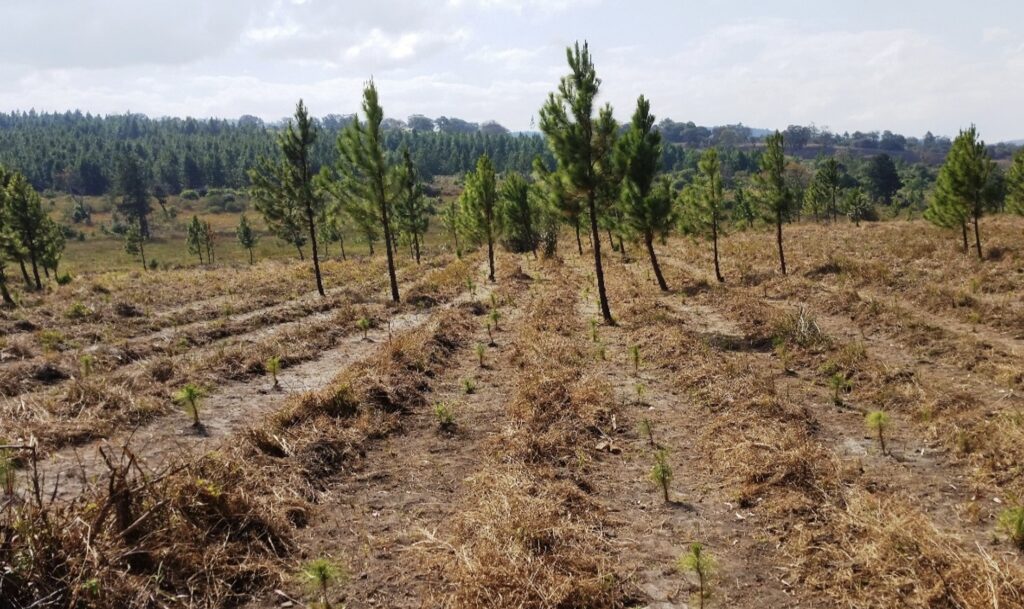
The Trust also provides local people with employment and training opportunities and supports their entrepreneurial endeavours as, for example, in the germination and growing of indigenous tree seeds, bee-keeping, peanut butter production. local fish farms and community tree planting. This latter activity is sometimes extended to school tree planting competitions with an award given to the school with the highest number of successfully planted trees.
Over the years the Trust’s original vision has developed and grown as the LET is now entering an exciting new phase. The Trust is now the guardian of 137 hectares of the South Viphya Forest Reserve and it is known as the Luwawa Environmental Protection Zone (LEPZ). This is one of the first special forest environmental protection zones in Malawi. In addition, LET has established the Environmental Education Centre to be known as the Luwawa Centre for Environmental Education LCEE. The building is situated on the northern shore of the Luwawa Dam and situated within the LEPZ.
LET has realigned its aims and objectives given that it is now the custodian of a discrete 137 hectares of the South Viphya Forest. In becoming the areas custodian, the Trust accepts responsibility for the protection and conservation of this precious piece of Malawian environmental heritage.

Our vision
To conserve and improve the natural beauty of the protected zone for the long-term benefit of the people of Malawi.
Aims & Objectives
- To prepare a long-term tree replacement strategy for the mature pines whereby these trees are gradually replaced with agreed indigenous species. This strategy will further improve the biodiversity and amenity value of the LEPZ.
- To preserve, restore and protect biodiversity within the LEPZ.
- ‘Education is the Key” LET aims to promote environmental education among local communities, particularly school children and to encourage the protection of natural resources for future generations to enjoy.
- To promote Eco-Tourism and the sustainable use of LEPZ in order to create meaningful jobs and set up sustainable income generating activities (IGAs) for local people.
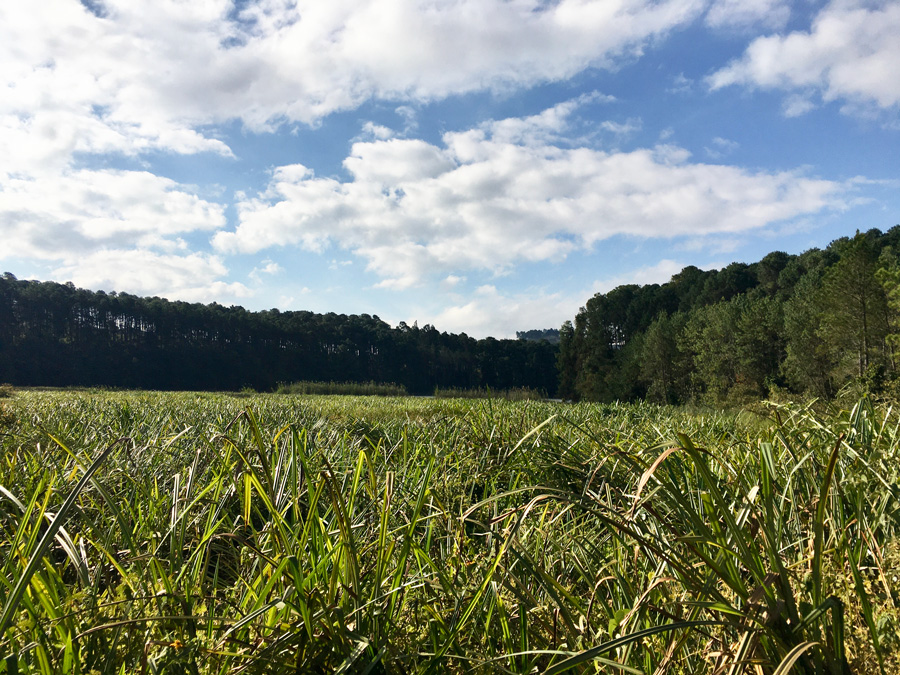
The forest & its history
From 1950 to 1974 a 53,000 hectare plantation of exotic pines was planted in the South Viphya Forest Reserve. The Viphya Forest Plantation was at that time the largest planted forest in Africa. The plantation was managed by the Malawi Government Forestry Department. The commercial pines, predominantly Pinus Patula, were planted on former montane grasslands covering the high central plateau and the western slopes of the South Viphya. Thankfully enclaves of the native montane and brachystegia forest were retained, mainly along water courses and in the more remote areas.
In 1998 the Malawi Government granted Raiply, Malawi Ltd a concession to manage 20,000 hectares and the remaining 33,000 hectares were reserved for Malawian logging companies for harvesting. Not surprisingly the logging companies did little replanting and illegal logging was rife. By 2013 only 30% of the original 53,000 hectares was still covered with trees as vast swathes of the forest was harvested with no implemented programme for reforestation in the Southern part of the Viphya Range. The logging companies had no comprehension of sustainable development or consideration for the forest’s future let along the associated habitats and wildlife that were being destroyed.
What does Luwawa Environmental Trust do?
LET’s environmental teams are out in the forest virtually every day and their physical presence has been very positive. In a relatively short time, the ravages of illegal logging have reduced along with indigenous firewood collection for use in the tobacco industry, charcoal production, wildlife poaching and the harvesting of rare wild flower bulbs. The reduction of negative activities in the area has encouraged the development of wildlife habitats along with flora and fauna as a result of these patrols.
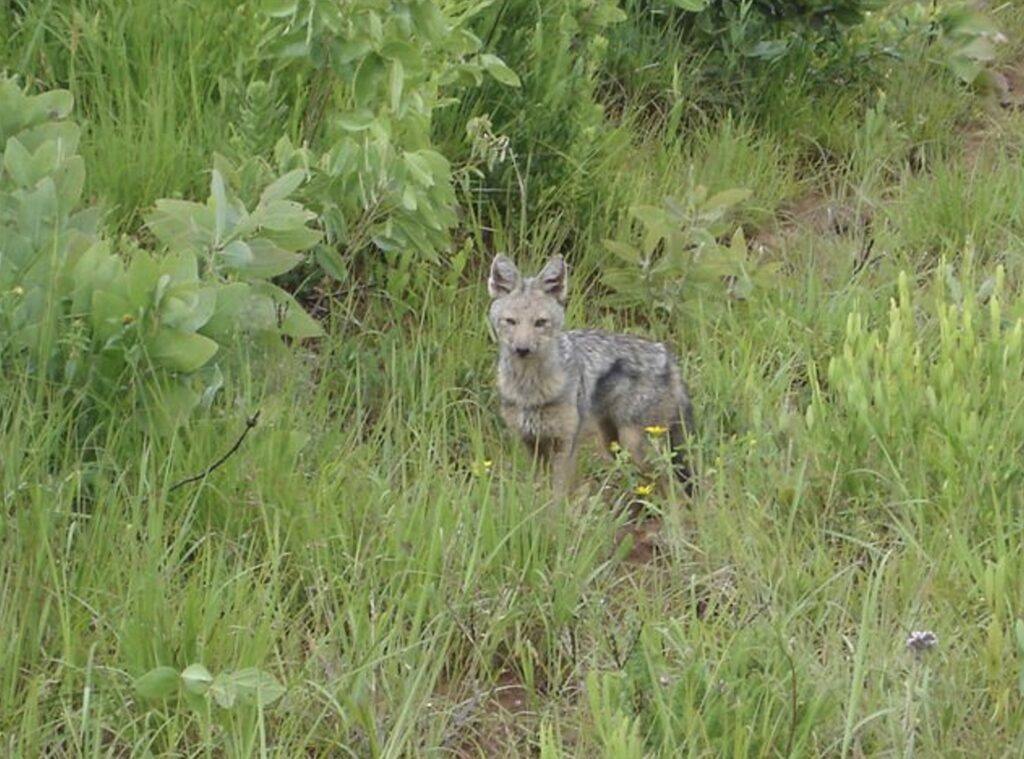
Reduction of wildfire risk
In Malawi there are many communities located within the forest area. Forest areas close to human settlements are inherently vulnerable to wildfires. Unfortunately most forest wildfires are caused by careless human activity. These practices can have a major impact on the forest and include activities such as forest clearing for subsistence farming, hunting of wildlife, firewood collection, charcoal production and temporary cooking fires whilst harvesting grasses, collecting mushrooms or termites. Sadly some fires are caused by arsonists.
Under LET’s guardianship and continued communication and education in local communities, reducing fire risk has proved successful as areas of forest have not been badly affected by wildfires over the last few years. One fundamental intervention that has helped reduce the fire risk is the much improved maintenance of existing firebreaks, and boundary roads with new firebreaks being cut where necessary. In addition, the potential fire hazards of scrub within the commercial and newly planted indigenous areas have been removed by screefing or slashing. This reduces the “fuel load” for any fire but also helps to nurture the new seedlings, enabling them to have adequate sunlight to establish themselves and are no longer engulfed by fast growing grasses.
There are circumstances when early controlled burning and patch burning is required to alleviate potential “tinderbox” areas or to back burn if a fire from outside the LEPZ is approaching. These burnings are always supervised and only undertaken where absolutely necessary and not as a matter of course.
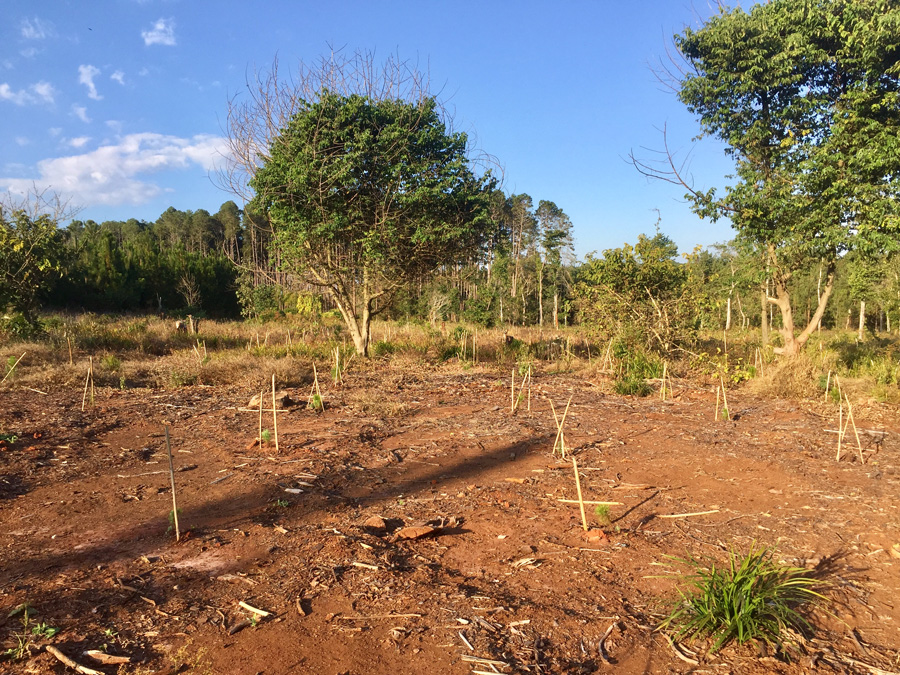
Forest health
One of the most problematic threats to the long term integrity of forest ecosystems, other from humans, is from invasive plants. Many of these plants grow aggressively and overwhelm an ecosystem or newly planted seedlings. Some of the recorded alien species within the LEPZ include Acacia mearnsii, Mimosa diplotricha, Prosopis juliflora, Lantana camara, Rubus ellipticus, Pteridium aquilanium and Mimosa diplotricha just to mention a few. When LET’s environmental groups are clearing areas or maintaining fire breaks, they also attempt to remove these invasive species or collect seed pods to reduce their natural spread. A rather labour intensive process but the control of competing vegetation and weeds is particularly important in the early stages of reforestation.
IF THE FORESTS ARE INTACT THERE IS PLENTY OF WATER FOR ALL
Through training LET’s environmental work groups can spot the early signs of the presence of various pests and diseases. Early detection minimises the damage they cause. The greatest enemy of pests is a diverse ecosystem. By introducing different indigenous tree species LET is increasing diversity and as diversity increases so does ecosystem stability. Natural pest resistance will be improved through appropriate choices of indigenous trees that are replanted, matching seedlings to various sites and soil conditions.
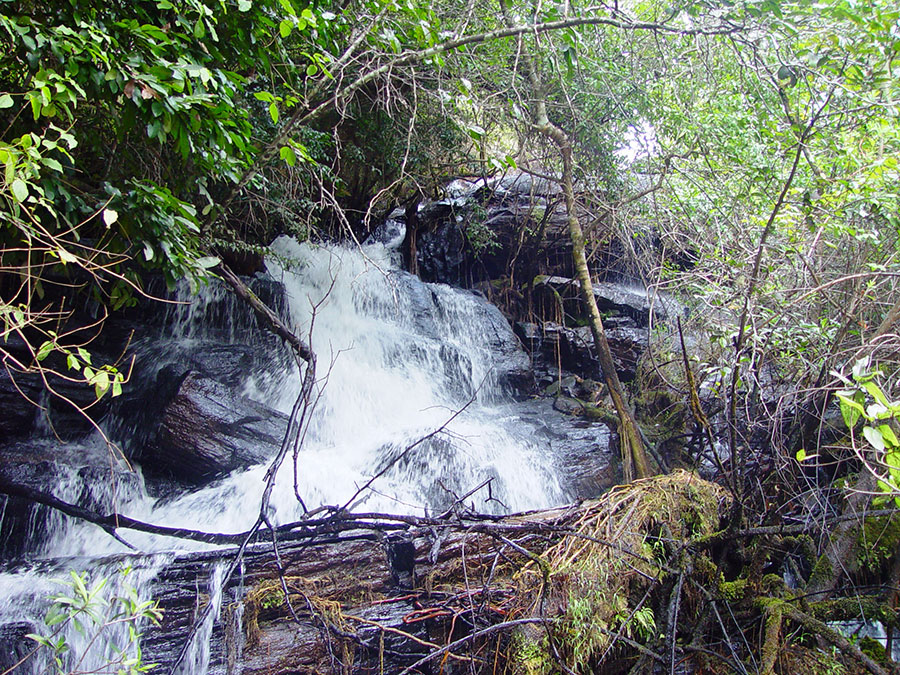
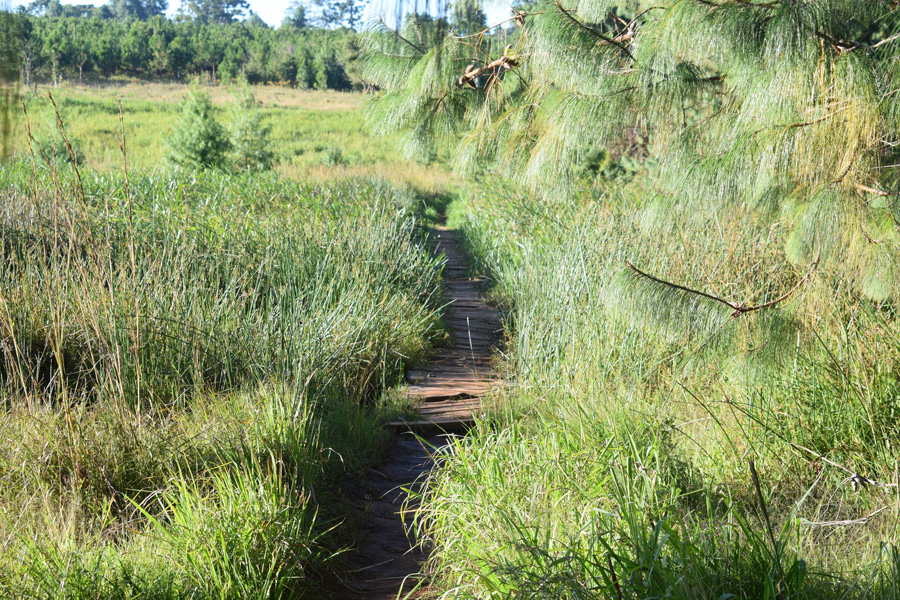
Forest recreation management
The LEPZ has been noted as an ideal spot for forest bathing or as it traditionally known by the Japanese, ‘shinrin yoku’. There are eight specific waymarked walks that start from Luwawa Forest Lodge and have been created to encourage visitors to the area to enjoy this stunning and varied landscape. The walks range from a 2km Luwawa Dam circular walk to a 5 hour Kamwe Fire Tower walk. All walks are signposted and maintained by LET. Visitors are encouraged to take a guide with them on most of the walks as our knowledgable guides help visitors to maximise their fundamental understanding of the area and the work undertaken by LET. Fees contribute to the LET fund raising efforts. However, maps and walk descriptions are available from the Lodge for those who wish to ‘go it alone’ but staff at the lodge request that independent walkers record the lodge phone number prior to starting their walk. For guests requiring very long day walks, please talk to a member of staff about guided walks.
Litter is a blight throughout the world. Malawi is still in the early stages of understanding the damage that litter can have on the environment. However within the LEPZ we endeavour to litter pick, and be seen to be litter picking to encourage others to follow good practice. LET has placed a number of litter bins in the area and are delighted to see that they are actually being used.
The balance between Forest Recreation Management, Conservation and general Forest Management requires the collaboration, consideration and understanding of all users of the Forest and that is why environmental education is the key.
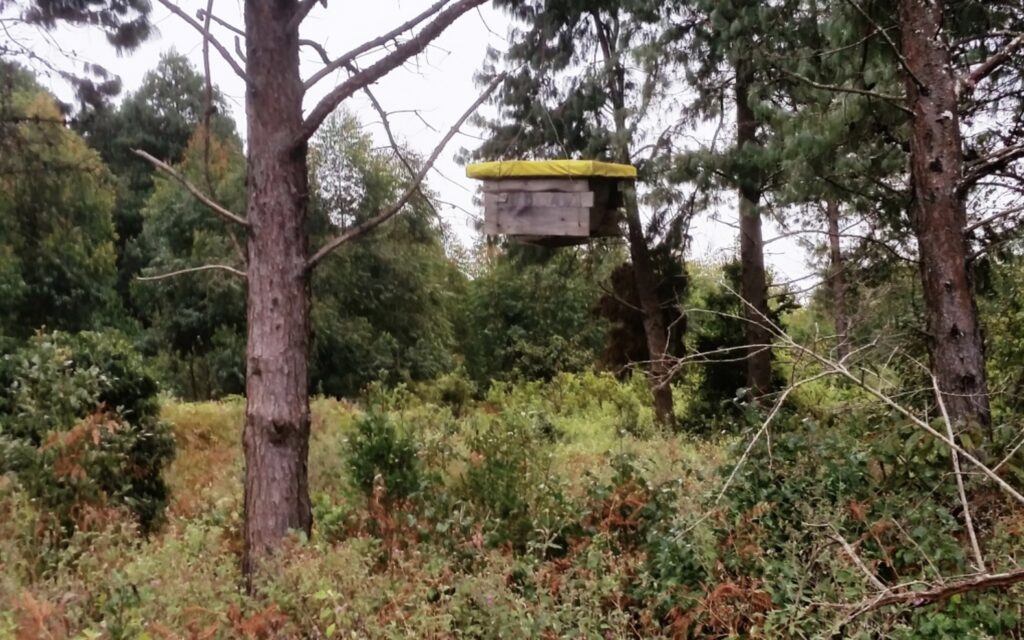
working with the local community
LET raises and distributes funds to help improve the livelihood of the local communities within the Luwawa area. LET encourages sustainable income generating activities (IGAs) that utilise the forest’s resources whilst also preserving the environment. These IGAs reduce the dependency on traditional subsistence farming, which requires land to be cleared and the reliance on income is also often supplemented by detrimental forest practices such as charcoal production.
It is hoped that promoting a sense of ownership and responsibility for local natural resources means that this income generating activity is more likely to be managed and developed in a sustainable way. Engaging communities in product diversification, hopefully resulting in improved economic circumstances, should reduce pressure on the forest.

Local indigenous tree outgrowers scheme
Members of the local community have germinated indigenous tree seeds to produce this impressive display of young saplings now ready for planting in the forest. The local people involved in this exciting project will receive an income paid for by LET for their hard work.
LET also employs many seasonal workers from the local communities to assist in areas such as fire break maintenance, slashing and screefing under trees to reduce fire load, pruning of plantation trees, track clearance and road maintenance. Both the seed growing project above and the forest maintenance projects and bee-keeping are designed to encourage in local communities a sense of ownership and responsibility for their areas.
LET helps local communities with IGA initial training, IGA start-up funds and, if required, a small interest free loans scheme. LET has found that community accountability helps in the future success of ventures. The Trust has worked with Chinjoka Womens Group, Luwawa Womens Group and Luviri Village Group and supported IGAs such as honey collecting, masuku jam making, tomato sauce and peanut butter production as well as out-grower schemes including guinea fowl rearing and fish farming.
If you would like to make a donation to The Luwawa Environmental Trust please click here.
